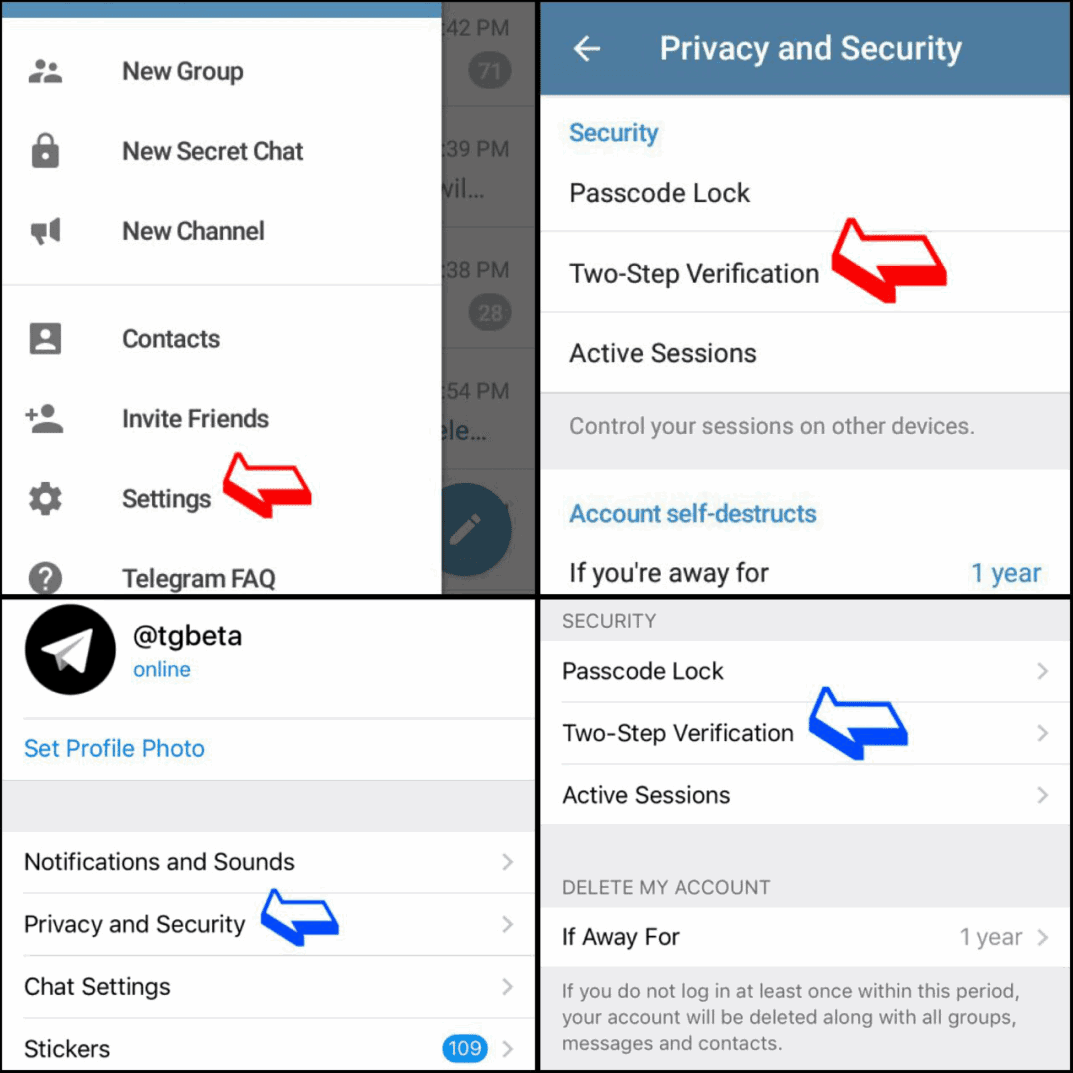

How is this possible? Last year, we devised a methodology with our partners at McClatchy, a major news company. We’re using data generated by social media and analytics companies, bringing it into the tool to show journalists the reach of what they’ve published, and then decide which sharers of that content should get alerts when a correction is published. Response - alerting sharers to the update, with the goal of getting them to share the update.Discovery - finding who shared the original.Our software developer, Ted Han, has been building the web-based corrections tool. Finally, we hope to help the news industry (and others who believe in the best journalistic principles) come up with a standard for creating and publishing corrections.

Second, we can help automate the process of sending them down those social media pathways - to alert people who’d shared the original articles that there was a correction or significant update. The News Co/Lab’s Corrections Project is based on several notions: First, we believe that forthright corrections are a fundamental, essential part of journalistic transparency. This post is part of that process, as I’ll explain here. The ASU News Co/Lab is deploying a “corrections tool” - a way to help journalistic corrections and major updates travel the same social media pathways as the original errors - into several newsrooms soon. If you spotted it and let me know, congratulations - and thanks for helping us with this project.) The Fort Worth Star-Telegram, not The Kansas City Star, published the errant column I referred to below. (UPDATE: This post originally contained an error.


 0 kommentar(er)
0 kommentar(er)
